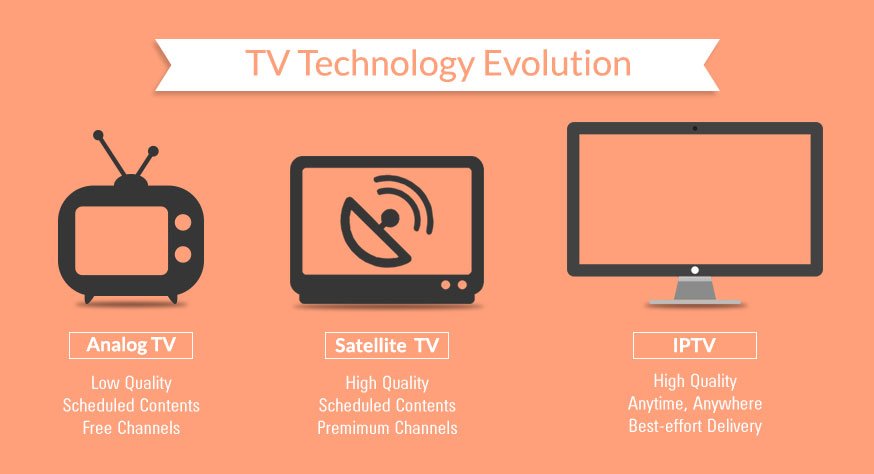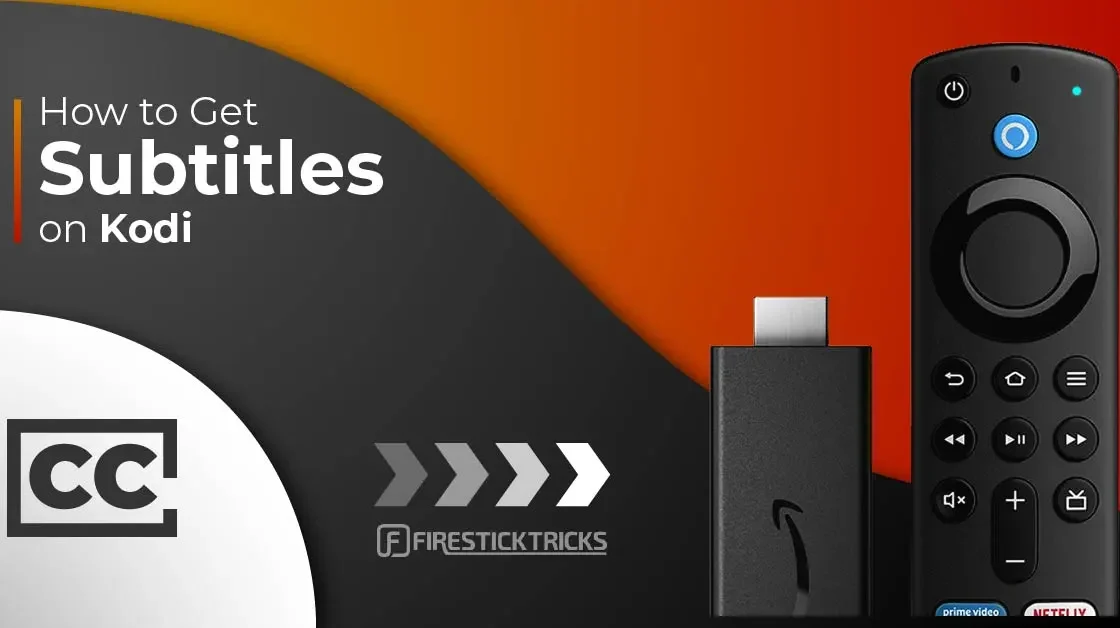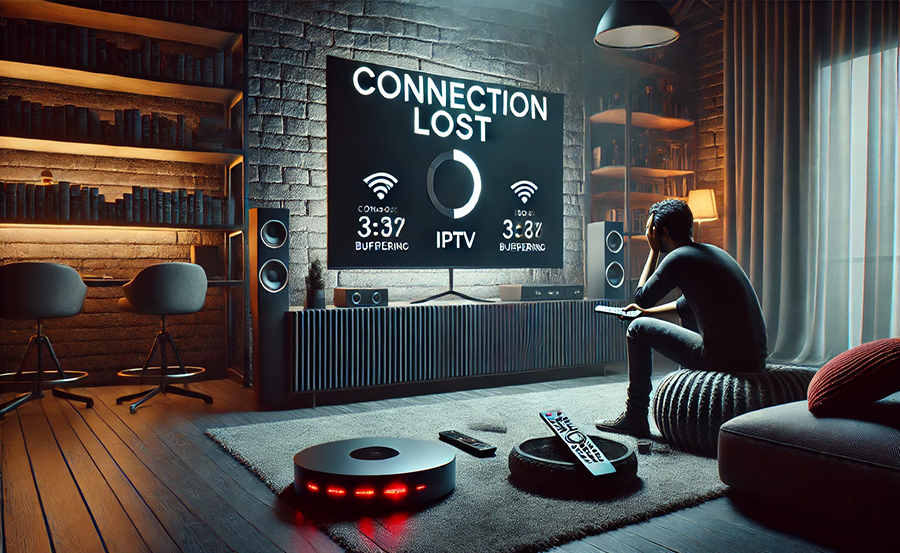
Television has been a cornerstone of home entertainment for decades. From its early beginnings as a luxury item to the widespread adoption of cable, and now the rise of IPTV, television technology has undergone significant transformations. This blog explores the Evolution of Television, highlighting the shift from traditional cable to the modern IPTV services that are revolutionizing the way we watch TV.
Evolution of Television
The Early Days of Television
Television first became commercially available in the late 1920s and early 1930s. These early sets were bulky, expensive, and offered limited programming. The content was primarily broadcast over the air using antennas, and the quality was often poor, with fuzzy black-and-white images.
The Advent of Cable TV
Cable television emerged in the 1940s and 1950s as a solution to the limitations of broadcast TV. By using coaxial cables to deliver a clearer and more reliable signal, cable TV expanded the number of available channels and improved picture quality. It wasn’t long before cable became the standard for television viewing, offering a range of channels that broadcast TV couldn’t match.
Benefits of Cable TV:
- Expanded Channel Selection: Cable offered numerous channels, including specialized content such as news, sports, and movies.
- Improved Quality: With less interference, cable provided a clearer picture and more consistent quality.
- Pay-Per-View and Premium Channels: Cable introduced pay-per-view events and premium channels like HBO and Showtime.
The Rise of Digital and Satellite TV
The 1990s saw the advent of digital and satellite TV, further enhancing the television experience. Digital TV improved picture and sound quality and allowed for more channels within the same bandwidth. Satellite TV brought television to remote areas where cable infrastructure was lacking, offering a vast array of channels from around the world.
Benefits of Digital and Satellite TV:
- High Definition: The introduction of HD channels provided a much sharper and more vibrant picture.
- DVR Functionality: Digital Video Recorders allowed viewers to record shows and watch them at their convenience.
- Global Reach: Satellite TV made it possible to receive channels from different countries, broadening the viewer’s choices.
The Internet Revolution and IPTV
The biggest transformation in television has come with the internet revolution and the advent of IPTV (Internet Protocol Television). IPTV delivers television content over the internet, providing a highly flexible and customizable viewing experience. Unlike traditional cable or satellite, IPTV allows viewers to watch live TV, on-demand content, and catch-up TV using an internet connection.
Benefits of IPTV:
- Flexibility and Convenience: Watch your favorite shows anytime, anywhere, on any device.
- Extensive Content Library: Access to a vast array of live TV channels, movies, series, and on-demand content.
- Interactive Features: Enjoy features like pause, rewind, fast-forward, and interactive TV guides.
- Cost-Effective: IPTV often offers more affordable packages compared to traditional cable and satellite services.
Why IPTV is the Future of Television
IPTV is not just another way to watch TV; it’s a game-changer in the entertainment industry. Here’s why IPTV is considered the future of television:
- Personalized Viewing Experience: With IPTV, users can create personalized playlists, tailor their viewing schedules, and receive content recommendations based on their preferences.
- Multi-Device Support: Whether it’s on a smart TV, smartphone, tablet, or computer, IPTV allows seamless viewing across multiple devices.
- Global Accessibility: IPTV breaks down geographical barriers, offering access to international channels and content that would otherwise be unavailable.
- Enhanced Interaction: IPTV services often include interactive applications, social features, and integration with other internet-based services.
- Innovation and Integration: IPTV is continually evolving, with advancements such as 4K and 8K streaming, virtual reality (VR) integration, and smart home connectivity enhancing the user experience.
Implementing IPTV in Your Home
Transitioning to IPTV is straightforward and involves a few key steps:
- Choose a Reliable IPTV Service Provider: Look for providers like IPTVSMARTER+ that offer extensive channel lists, high-quality streams, and reliable customer support.
- Check Your Internet Connection: Ensure you have a stable and fast internet connection to support high-quality streaming.
- Set Up Your Device: Install the IPTV app on your preferred device—be it a smart TV, streaming box, or mobile device.
- Subscribe and Configure: Subscribe to a suitable IPTV plan and configure the app with your subscription details.
By embracing IPTV, you can enjoy a richer, more versatile viewing experience that fits seamlessly into your lifestyle. Services like IPTVSMARTER+ provide access to a vast array of content, making it easy to find something for everyone in the family.
Conclusion
The evolution of television from cable to IPTV represents a significant leap in technology and convenience. IPTV offers a more personalized, flexible, and cost-effective way to watch TV, making it the future of home entertainment. As we continue to move towards a more connected and digital world, IPTV is set to revolutionize the way we consume content, bringing us closer to a truly on-demand and interactive viewing experience. Explore the possibilities with IPTVSMARTER+ and join the next generation of television today.



